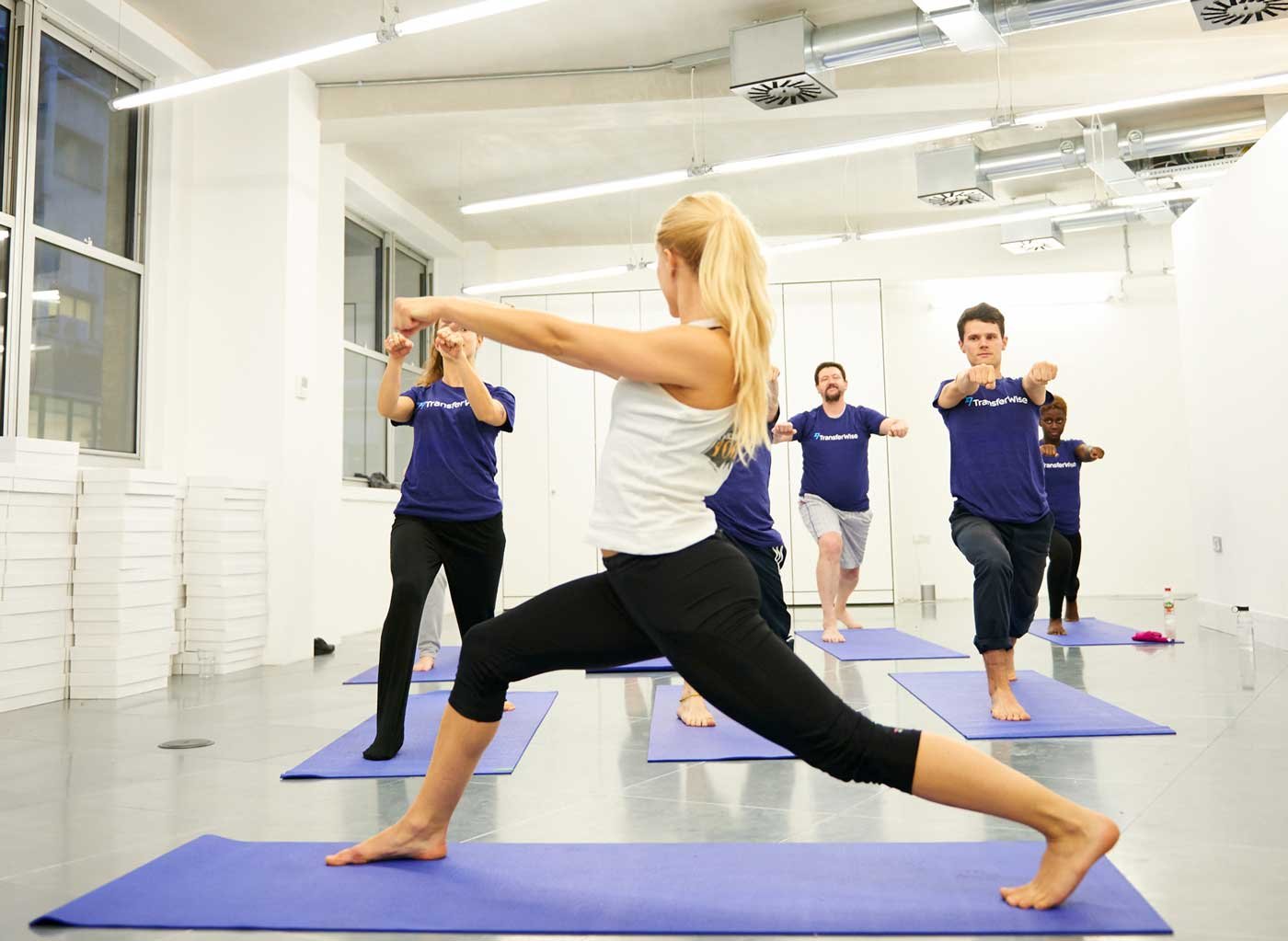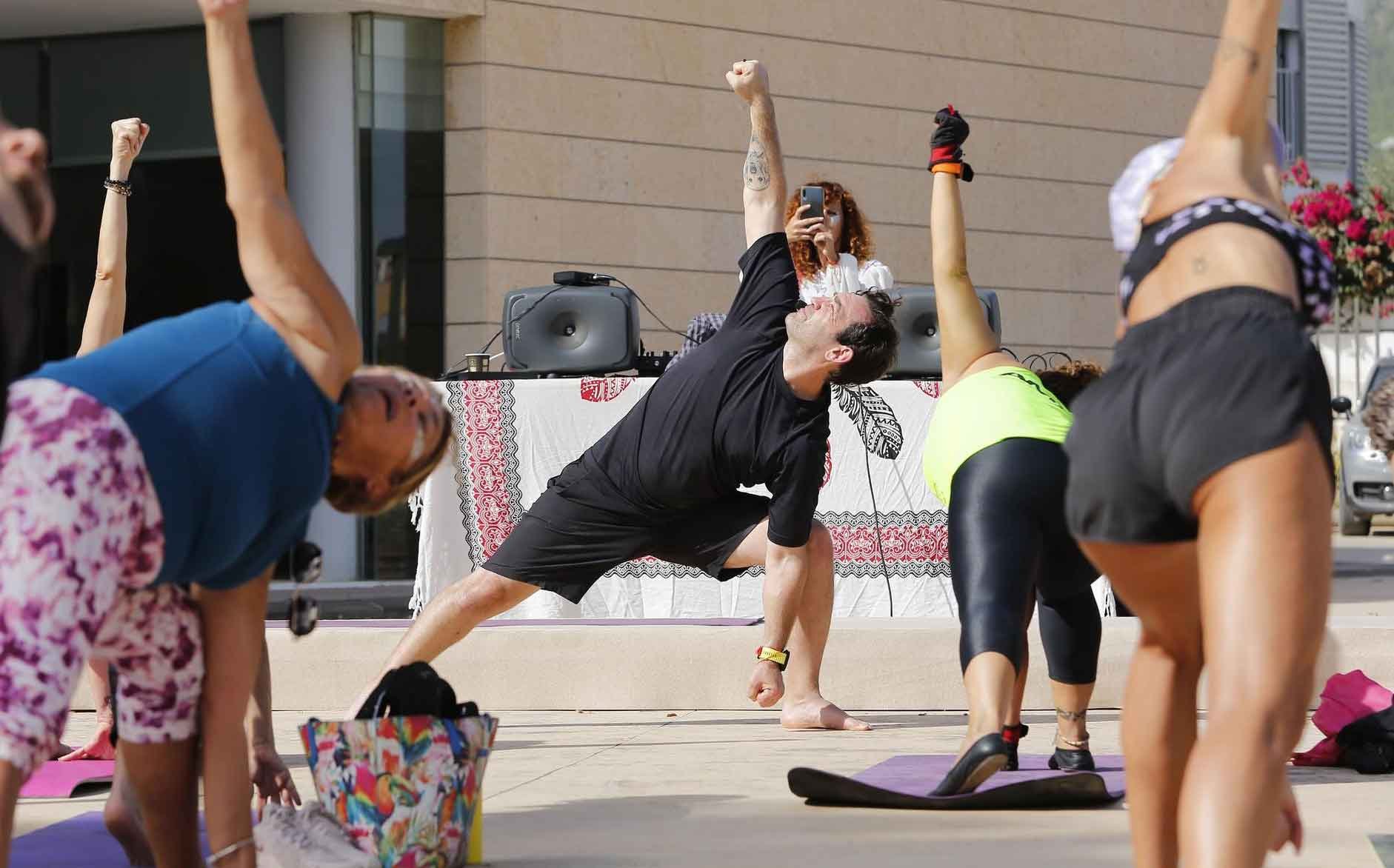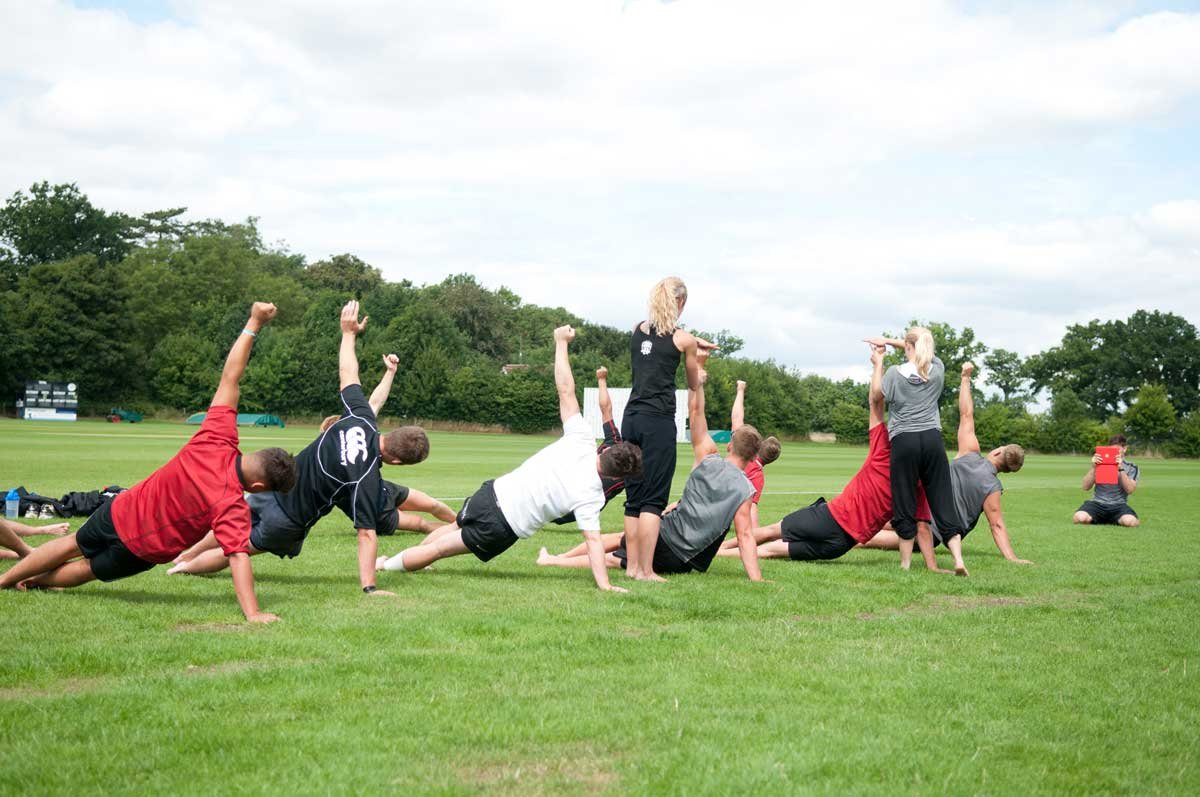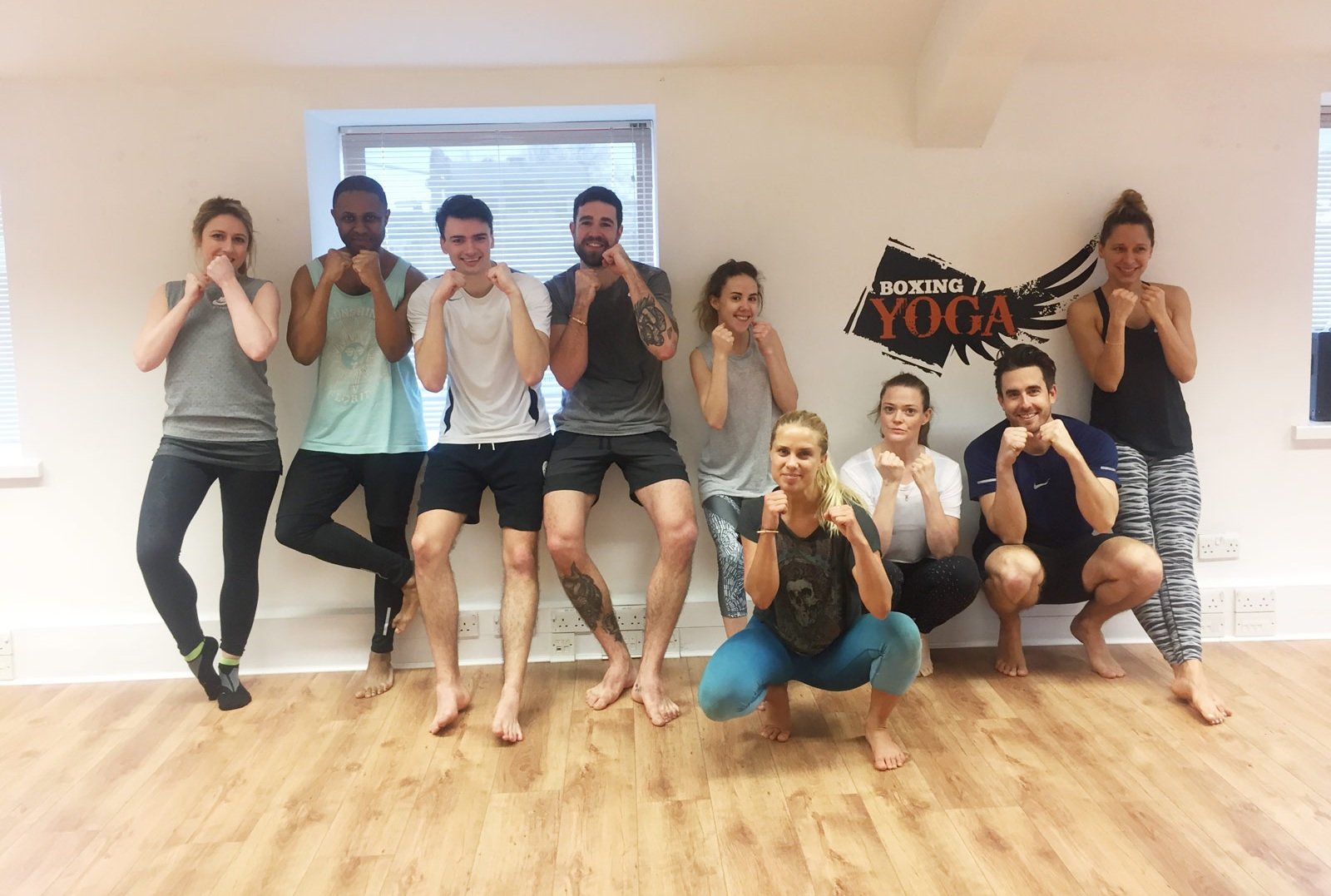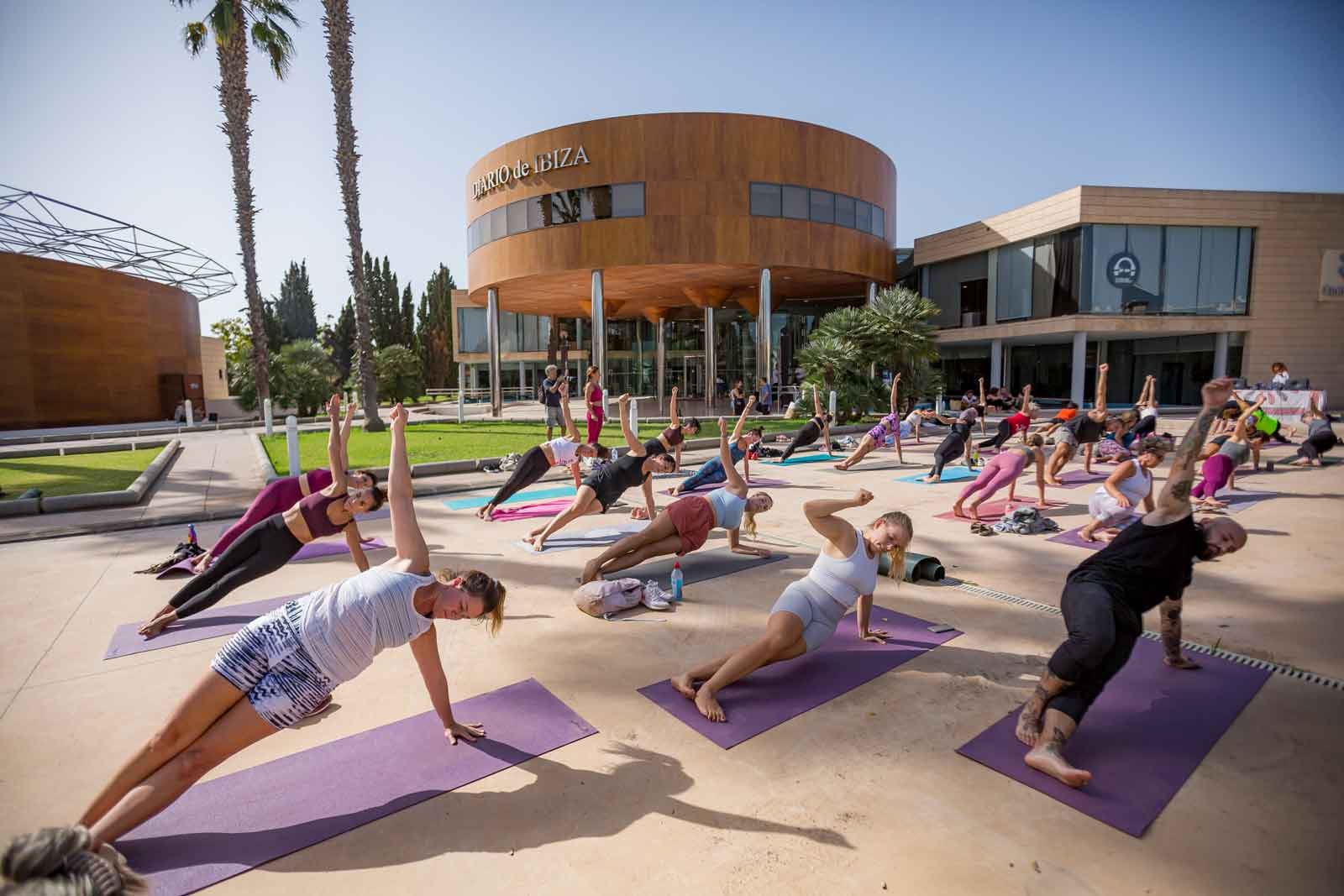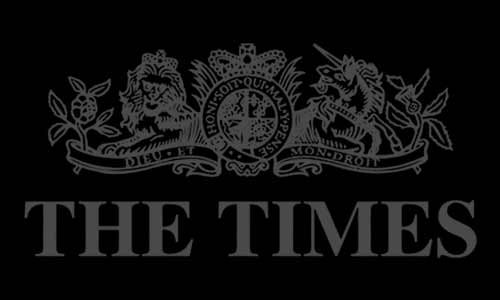
Crafting Wellness
Crafting Wellness
The Blueprint for Designing Effective Wellness Programs
In today's dynamic and fast-paced corporate landscape, prioritising employee wellness has become imperative for businesses aiming to foster a healthy, engaged, and productive workforce. Designing effective wellness programs is not only a strategic investment in the wellbeing of employees but also a crucial step towards achieving organisational success.
In this article, we delve into the key components and best practices for crafting wellness programs that resonate with employees and drive positive outcomes.
Comprehensive Health Assessments: The first step in designing an effective wellness program is to conduct comprehensive health assessments to identify the unique needs and challenges of employees. These assessments may include health risk assessments, biometric screenings, and lifestyle surveys to gather data on employees' health status, habits, and preferences.
Employee Engagement Strategies: Engaging employees in the wellness program is essential for its success. Implementing creative and interactive engagement strategies such as gamification, challenges, and rewards can motivate employees to participate actively and stay committed to their wellness goals.
Tailored Program Offerings: Wellness programs should be tailored to meet the diverse needs and interests of employees. Offering a variety of program options, including fitness classes, nutrition workshops, stress management seminars, and mindfulness sessions, ensures that employees can choose activities that align with their preferences and goals.
Accessible Resources and Support: Providing employees with access to resources and support is critical for helping them adopt and maintain healthy behaviours. This may include access to fitness facilities, wellness coaching, online resources, and community support networks to empower employees on their wellness journey.
Leadership Support and Participation: Leadership buy-in and participation are essential for creating a culture of wellness within the organisation. When leaders actively support and participate in wellness initiatives, it sends a powerful message to employees about the organisation's commitment to their wellbeing.
Measurement and Evaluation: Regularly measuring and evaluating the effectiveness of the wellness program is essential for identifying areas of improvement and optimising program outcomes. Utilising metrics such as participation rates, health outcomes, employee feedback, and ROI analysis can provide valuable insights into the program's impact.
Continuous Improvement: Wellness programs should be dynamic and adaptable to evolving employee needs and preferences. Continuous feedback from employees, benchmarking against industry best practices, and staying abreast of emerging wellness trends can inform program enhancements and ensure ongoing relevance and effectiveness.
Promotion and Communication: Effective promotion and communication are key to driving awareness and participation in the wellness program. Utilising various communication channels such as email, intranet, social media, and in-person events to promote program offerings, share success stories, and provide relevant information can maximise employee engagement.
Cultural Integration: Integrating wellness into the organisational culture fosters sustainability and long-term success. Incorporating wellness into company values, policies, and practices, as well as integrating wellness into team meetings, performance reviews, and organizational events, reinforces the importance of employee wellbeing across all levels of the organisation.
Partnerships and Collaborations: Collaborating with external partners such as healthcare providers, wellness vendors, and community organisations can enhance the breadth and depth of wellness program offerings. Partnering with experts in fitness, nutrition, mental health, and other wellness domains can provide employees with access to specialised expertise and resources.
In conclusion, designing effective wellness programs requires a strategic and holistic approach that addresses the diverse needs and preferences of employees. By incorporating key components such as comprehensive health assessments, employee engagement strategies, tailored program offerings, and leadership support, organisations can create wellness programs that empower employees to lead healthier, happier, and more productive lives.
By embracing best practices such as measurement and evaluation, continuous improvement, promotion and communication, cultural integration, and partnerships and collaborations, organisations can cultivate a culture of wellness that drives positive outcomes for both employees and the organisation as a whole.
DISCOVER why Corporate BOX™ is the well-being program of choice for the likes of Vodafone, Converse and Chelsea FC, click here.
As Featured In
CorporateBox™ Enjoyed By












